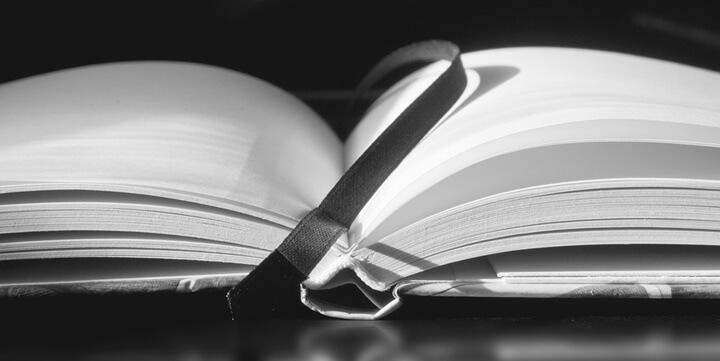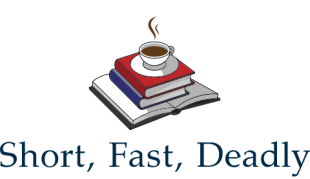Prose vs. Poetry
As a general rule, you could say that if a piece of writing is not poetry, then it is prose. This may be a rather simplistic point of view, but people usually recognise a poem when they see one. Poetry is a popular way to convey your love in words to your sweetheart. Saying in your own words what it is you love about your partner is very romantic and is a special gift. Here are other ideas on romantic gifts at bestvalentinegifts.ca. The gift along with the words dedicated to your partner, will treasure the gesture for a lifetime, whether you say this in prose or in poetry.

Types Of Prose
Prose is the ordinary spoken or written word that is in the form of grammatically complete sentences, not patterned into metric or free verse. Prose also has a paragraph structure, for example:
Rosa Arokris, also known as the Golden Wedding rose is a plant that thrives in well-drained, fertile soil. It is a hardy, fast-growing plant with scented golden yellow flowers that bloom from July to September. This floribunda rose makes an excellent gift to mark a fiftieth wedding anniversary.
Using a different format, you could write the same in a different way:
Golden yellow flowers
that bloom
from July
The form here is poetic, even though the language remains prosaic. The difference is in the way the words are laid out. Poetic form uses line-breaks and a stanza structure instead of a paragraph structure.
- Non-fictional / expository prose – A piece of writing based on fact, including autobiographies, biographies, and non-fiction essays. This is writing that explains particular topics and themes and doesn’t always tell a story or argue.
- Fictional / narrative prose – Imaginative writing such as novels, parables, short stories and most drama. This writing has a storyline and characters and is often told chronologically.
- Heroic prose – Writing based on the formulaic expressions found in oral tradition, such as fables and legends.
- Descriptive prose – Writing that uses details to discuss a topic in depth without telling a story or arguing a point. It is often used with narrative, expository, or persuasive writing. It is most often found in medical and scientific reports.
- Persuasive prose – This is writing that attempts to convince the reader of the advantages or disadvantages of the topic.
Poetry forms
Poetry takes words, memories, feelings and perspectives and transforms them into an art form. There are many poetry forms, with some poems extremely structured, following a certain rhyme scheme and syllable count, while others have fewer rules. Here are some examples:

- Cinquain – A cinquain is a 5 line poem that follows a specific format. There are various types of cinquains. Some are created with a number of words or syllables in mind. Another form is created using various parts of speech. With syllables the order is 2,4,6,8,2. With words it is noun, adjective, -ing word, a phrase, a synonym for the noun in line one.
- Couplet – Two lines of verse which rhyme and form a unit alone or as part of a poem
- Epic – A lengthy narrative poem in flowery language that celebrates the adventures and accomplishments of a legendary or conventional hero.
- Haiku – This ancient form of Japanese poetry is famous for its small size as well as the precise punctuation and syllables needed on its three lines. Haiku’s are composed of 3 lines, each a phrase. The first line typically has 5 syllables, second line has 7 and the third and final line repeats another 5 syllables.
- Limerick – A five-line humorous poem with a distinctive rhythm. The first, second and fifth lines, the longer lines, rhyme and have between seven and 10 syllables. The third and fourth shorter lines rhyme have have between five and seven syllables (A-A-B-B-A).
- Narrative – A narrative poem tells the story of an event in the form of a poem. There is a strong sense of narration, characters, and plot.
- Pantoum – A pantoum is a poem that uses a lot of repetition. To create this poem, write a four line stanza. Take lines 2 and 4 of the first stanza and make them lines 1 and 3 of the second stanza. Take lines 2 and 4 of the second stanza and make them lines 1 and 3 of the third stanza. For your last stanza, go back to the first stanza of the poem. Make line 3 of the first stanza line 2 of your last. Make line 1 of the first stanza line 4 in your last.
- Sonnet – A sonnet is a short, 14 line poem with a specific rhyme scheme. Originally invented by Dante and the Italian philosopher Francisco Petrarch around the fourteenth century, the form remained largely unknown until it was found and developed by writers such as Shakespeare. Sonnets use iambic metre in each line and use line-ending rhymes. This means there are three quatrains, which are 4-line stanzas, followed by one couplet which is a two-line stanza. This gives the rhyming scheme of A-B-A-B, C-D-C-D, E-F-E-F, G-G.
- Tanka – A tanka is another Japanese form of poetry that follows a syllable format. The poem is composed of 5 lines. Lines 1 and 3 have 5 syllables. Lines 2, 4, and 5 contain 7 syllables each.
- Villanelle – A Villanelle is 5 tercets (3 line stanzas) with an A-B-A rhyme scheme followed by 1 quatrain (4 line stanza) with A-B-A-A rhyme scheme. The first and third lines of the tercet are alternately repeated as the last lines of the remaining stanzas.
- Free Verse – Free verse poems do not follow any rules. It is entirely the choice of the author as to the number of lines and their formation, whether there is a syllable count or rhyming. Punctuation and number of stanzas is entirely the author’s decision. There is no right or wrong way to create these poems. An example of free verse is:
I saw through you
to a pure place, where nothing grows
but golden roses
and I saw your dark past
so I open up to you too
I felt so safe, I was homeFrom Golden Rose by Robin Machorro

